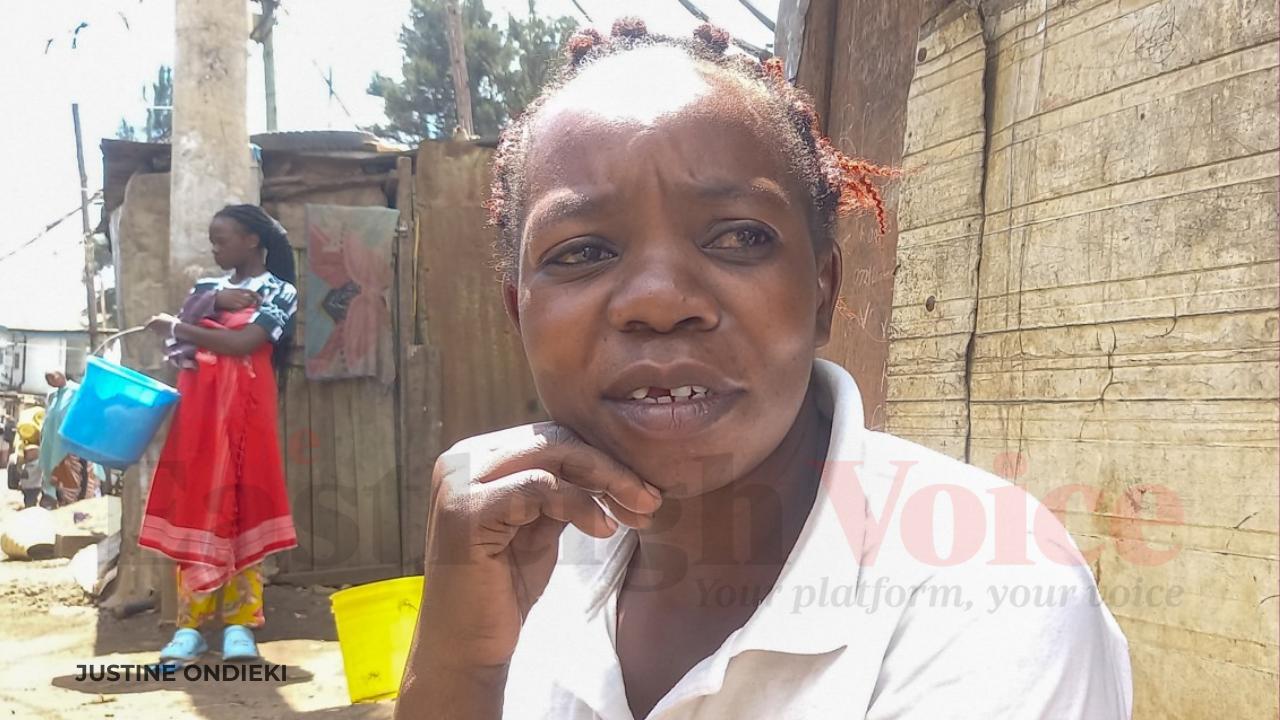Silent agony: Lack of awareness and stigma delay inflammatory bowel disease care in Kenya

Without timely intervention and proper nutritional support, many individuals continue to suffer in silence, unaware that early dietary and medical management can make a significant difference in their quality of life.
Although many people experience stomach discomfort and persistent pain after eating certain foods, often early warning signs of inflammatory conditions like inflammatory bowel disease (IBD), few consult a nutritionist. Widespread myths, misconceptions, and limited awareness lead many to downplay or ignore these symptoms.
As a result, crucial intervention is often delayed, allowing the condition to worsen and increasing the risk of complications and related health problems. The lack of public awareness remains a serious threat.
More To Read
- Aid cuts threaten nutrition support for 55,000 children in Somalia
- Global hunger crisis deepens as 295 million face acute food insecurity as aid falls short
- Conflict and climate drive record global hunger in 2024, UN says
- Aid blockade in South Sudan puts 60,000 malnourished children in Upper Nile at risk
- Malnutrition crisis deepens in Sudan's South Darfur area with growing conflict
- Sudan situation ‘absolutely devastating’ as UN ramps up food aid
Without timely intervention and proper nutritional support, many individuals continue to suffer in silence, unaware that early dietary and medical management can make a significant difference in their quality of life.
The stigma surrounding IBD continues to be a major barrier for many patients, often delaying diagnosis until they are already experiencing severe malnutrition and significant weight loss. The fear and embarrassment associated with symptoms like flare-ups and persistent diarrhoea lead many individuals to suffer in silence, choosing to conceal their condition rather than seek help.
Long-term harm
IBD is a term used to describe chronic inflammatory conditions of the digestive tract. Unlike irritable bowel syndrome (IBS), which affects how the bowel functions without causing visible damage, IBD leads to actual inflammation that can result in long-term structural harm to the intestines.
The World Health Organisation notes that there are two primary types of IBD: Crohn’s disease and ulcerative colitis.
Crohn’s disease can impact any section of the gastrointestinal tract, from the mouth to the anus, but most commonly affects the end of the small intestine and the beginning of the colon. Crohn’s often presents with patchy inflammation that can go deep into the intestinal walls.
Dr Lilian Mumina, a Nairobi-based nutritionist specialising in gut health at Mumina Wellness Solutions, explains that IBD is characterised by ongoing inflammation, usually limited to the innermost lining of the bowel.
Symptoms
Common symptoms of IBD include abdominal pain, chronic diarrhoea—sometimes with blood or mucus—fatigue, unintended weight loss, and a reduced appetite. These symptoms typically follow a relapsing-remitting pattern, where flare-ups are followed by periods of relief or remission.
Effective management of IBD requires more than medication; it also demands thoughtful, tailored nutrition. According to Mumina, the dietary approach must be adjusted according to the stage of the disease.
“Individuals with IBD need to reduce intake of high-fibre foods during flare-ups, as these can worsen cramping and bowel irritation; the focus during remission should shift to gut healing and nutritional replenishment.”
During active flare-ups, she recommends eliminating rough, hard-to-digest foods such as legumes and raw vegetables. These are replaced with softer, gentler foods like green bananas, fortified porridge, peeled fruits, and plain rice.
“These foods are easier on the gut and help manage inflammation without triggering more symptoms. Hydration is just as important—coconut water, ginger tea, and clear broths can soothe the digestive tract while replenishing fluids,” Mumina notes.
Other Topics To Read
- Health
- malnutrition
- gut health
- irritable bowel syndrome
- Crohn’s disease
- gastrointestinal tract
- yoghurt
- fermented vegetables
- bowel health
- inflammatory bowel disease
- World Inflammatory Bowel Disease Day
- Silent agony: Lack of awareness and stigma delay inflammatory bowel disease care in Kenya
- Headlines
Food triggers
She also stresses the need to identify and eliminate personal trigger foods, which may vary widely between individuals.
“We manage pain by removing food triggers, reducing inflammation, and gradually reintroducing nutrient-rich options as the gut heals,” she explains.
Once the patient enters remission, the goal is to rebuild the gut lining and replenish lost nutrients.
Mumina recommends a cautious reintroduction of fibre, starting with easily digestible sources such as soft-cooked vegetables or smoothies.
“In remission, we can start supporting the gut with healing foods—bone broth, chia seeds, avocados, omega-3 rich fish, and wheatgrass. These not only provide essential nutrients but also help reduce inflammation,” she says.
She also highlights the role of probiotics in maintaining gut balance: “Fermented foods like yoghurt or fermented vegetables can be introduced slowly, depending on how well the patient tolerates them.”
For Mumina, personalisation is at the heart of effective IBD nutrition care.
“People respond differently to foods and flare-ups. That’s why we design personalised meal plans based on symptoms, tolerance levels, and available local foods. A one-size-fits-all approach doesn’t work.”
Unfortunately, many patients in Kenya wait until their condition has significantly deteriorated before seeking nutritional help. By then, they are often already dealing with weight loss or malnutrition.
“We see a lot of patients when it's already too late—when the body has been severely depleted. But if we intervene early, we can prevent complications and improve quality of life dramatically,” she says.
Dietary compliance
She also emphasises the importance of using familiar, locally available foods to increase dietary compliance.
“We use foods people recognise and have access to—pumpkins, ripe bananas, spinach. When patients are given unfamiliar or restrictive diets, they tend to resist,” she explains.
IBD is not a condition that can be addressed with a single consultation. Instead, it requires continuous support and monitoring.
“We recommend regular follow-up sessions—at least every 21 days. The gut microbiome doesn’t change overnight. It needs time to heal and adjust, and nutrition plays a central role in that process,” Mumina advises.
These follow-ups allow for close monitoring of symptoms, reassessment of dietary choices, and timely adjustments to the plan. Ongoing guidance ensures that patients remain nourished and supported throughout their recovery.
Managing IBD effectively involves timely dietary intervention, individualised meal planning, and a strong understanding of the disease’s fluctuating nature. With proper support—including the use of familiar, local foods and consistent follow-up—patients can manage symptoms more effectively, encourage gut healing, and maintain a better quality of life.
“It’s not just about food—it’s about listening to the body, respecting its signals, and giving it the support it needs to heal,” Mumina says.
Low prevalence
In Kenya, data on IBD remains scarce, with available statistics indicating a relatively low prevalence compared to other parts of the world.
A 2020 study reported just 18 confirmed cases of IBD in the country, only two of which were diagnosed as Crohn’s disease.
Broader regional estimates suggest that the prevalence of IBD in eastern sub-Saharan Africa ranges between 9.9 and 10.2 cases per 100,000 people, significantly lower than rates observed in high-income countries.
Globally, however, the burden of IBD is far more pronounced.
In 2019, an estimated 4.9 million people were living with the condition. The global age-standardised prevalence rate stood at 59.25 cases per 100,000 individuals.
These figures reflect not only the rising incidence of IBD worldwide but also the pressing need for improved awareness, research, and healthcare infrastructure, particularly in under-researched regions like Kenya.
Top Stories Today












































